The new Jaguar XE saloon has officially begun production at sister company Land Rover's production plant in Solihull.
The all-new model officially enters production today, with the first unit rolling off the line this morning. Land Rover's Solihull factory is to build two Jaguar models alongside its regular production, as Jaguar recently announced its F-Pace SUV will also be built at the site.
Read Autocar's exclusive Jaguar XE road trip story where we take the car around Germany
The plant has benefitted from large investment from Jaguar Land Rover. Production has almost trebled, while the number of employees at the facility has doubled in the last five years. The plant already builds Land Rover's entire range, with the exception of Evoque and Discovery Sport models.
Production of the XE has also brought £4 billion of parts contracts to the UK; 55 suppliers across the country supply 55% of XE parts. Several hundred new jobs have been created at these suppliers as a result of their contracts with Jaguar.
Read Autocar's Jaguar XE review
Jaguar Land Rover's 'factory within a factory' marks a £500 million investment in the plant, which includes Europe's largest aluminium body shop. This follows the firm's £1.5bn spend on new aluminium vehicle architecture which will underpin future Jaguar models.
The new saloon will head to its first customers in May and aims to take on the likes of the BMW 3 Series, Mercedes-Benz C-Class and Audi A4.
Priced from £26,995, the XE made its public debut at the Paris motor show last October. Three engines will power the car from launch. In its most frugal form, the XE will be capable of returning 75mpg with CO2 emissions of 99g/km. In comparison, a Toyota Prius 1.8 VVT-i Hybrid T4 emits 92g/km of CO2.
The key to making a dent in the important fleet market is keeping servicing and running costs similar to that of rivals. Residual values are set to be highly competitive, with industry valuation companies Kee Resources and CDL agreeing the XE will be better, over three years or 30,000 miles, than its direct German rivals. Industry valuer CAP predicts the Jaguar XE will retain 45% of its value over the same period, placing it ahead of the equivalent Audi A4 and BMW 3 Series models.
As a result, Jaguar is pushing fixed-cost servicing options for the diesel models; a one-off payment of £475 will cover all servicing for up to 50,000 miles or five years, depending on what comes first. High-mileage drivers can pay £659 for up to 75,000 miles over the same five-year period. The service plans are transferable between owners if the car is sold and cover costs associated with securing MOT certificates for years three, four and five. Equivalent service plans for petrol models are expected in due course.


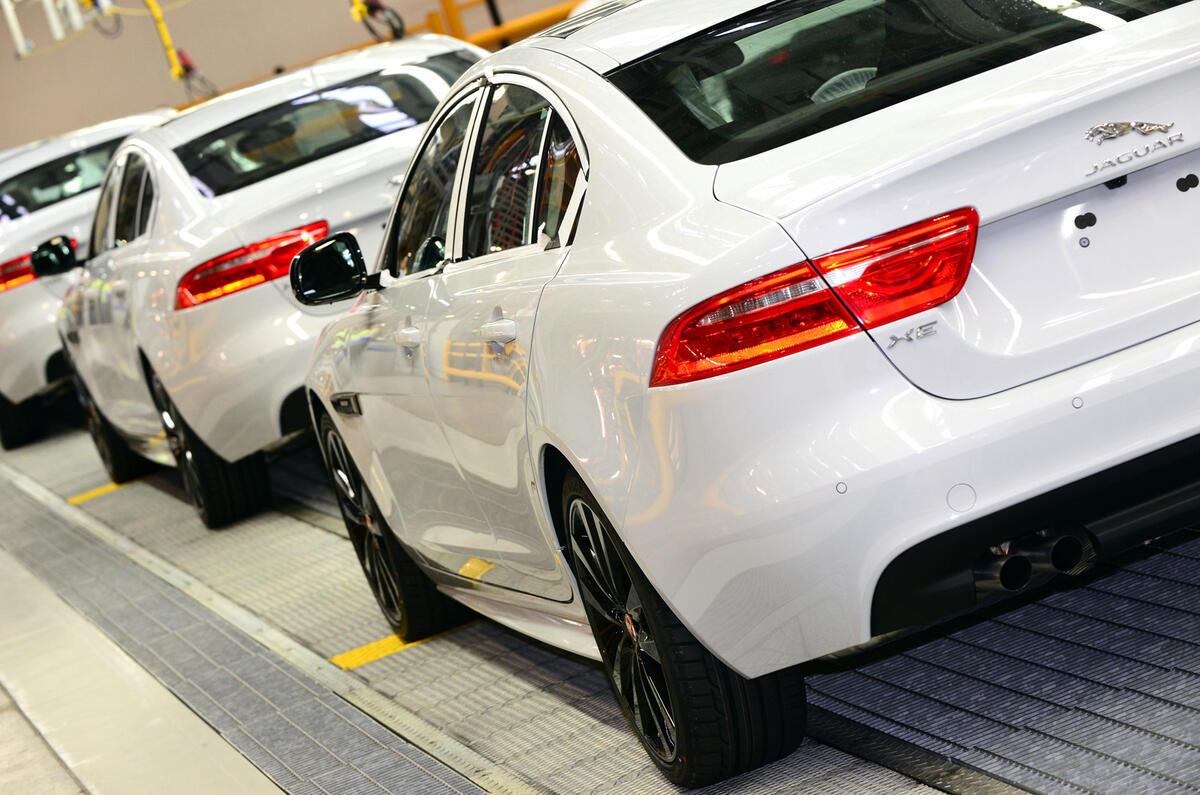





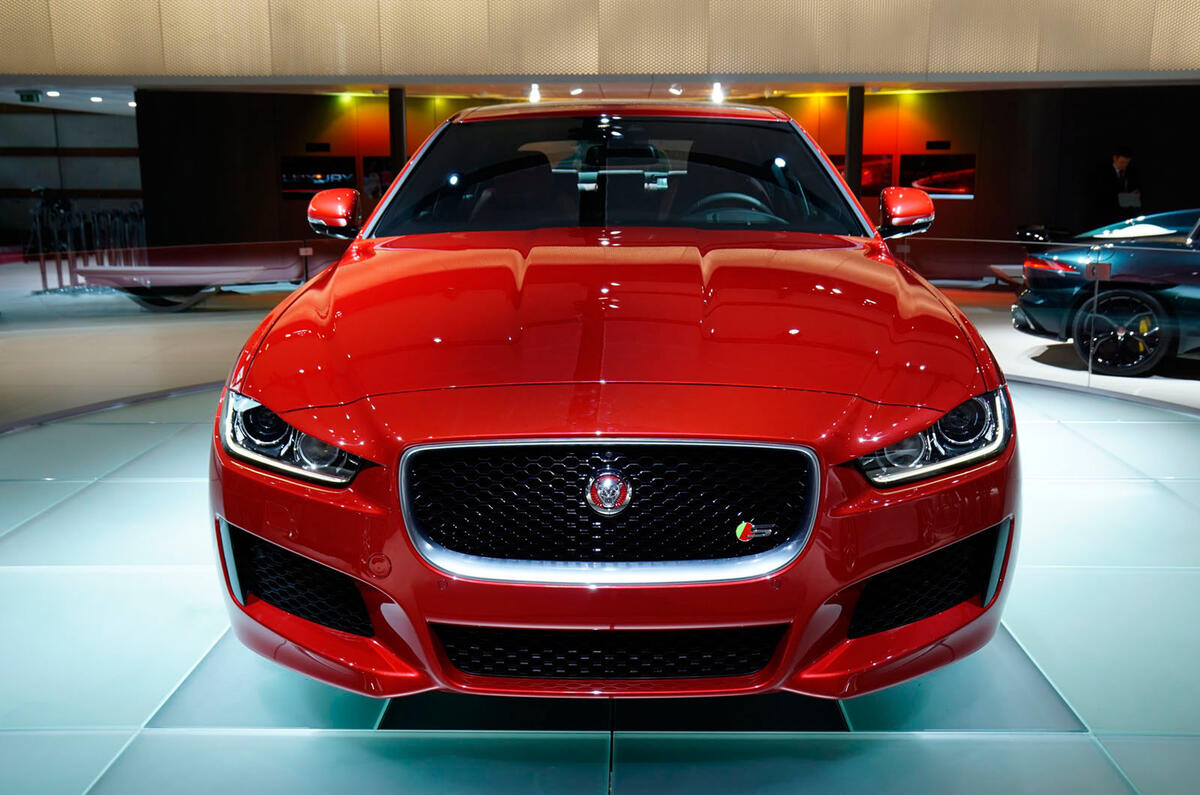

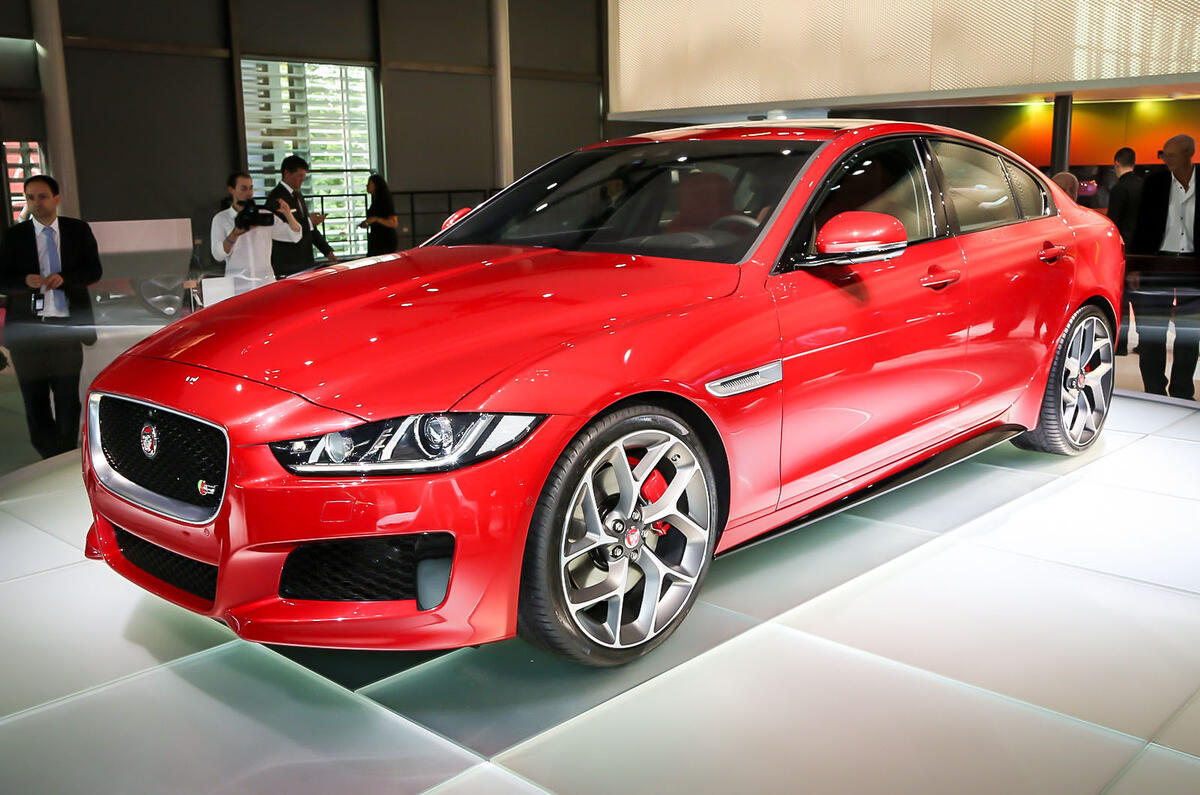








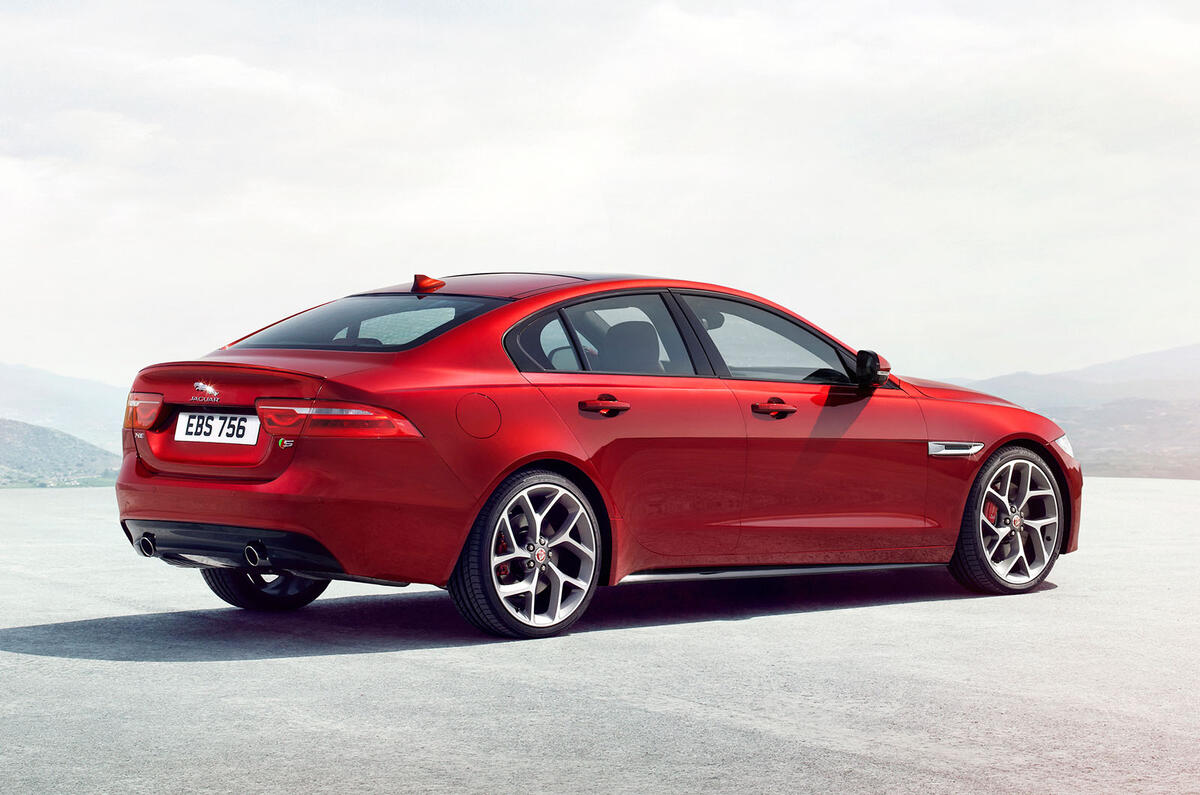





















































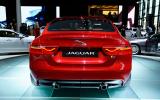

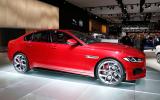





































































Join the debate
Add your comment
Unrelated comment...
Burtonez wrote: Can anyone
Given the XE has been launching for almost 9 months, perhaps the lauch lunch is continuing thusly...
Unrelated comment
He's unfortunately with Auto Express now. A great writer and road tester who will be sadly missed by Autocar readers.
@hackjo
A totally undistinguished interior
abkq wrote: While the
This ^^^